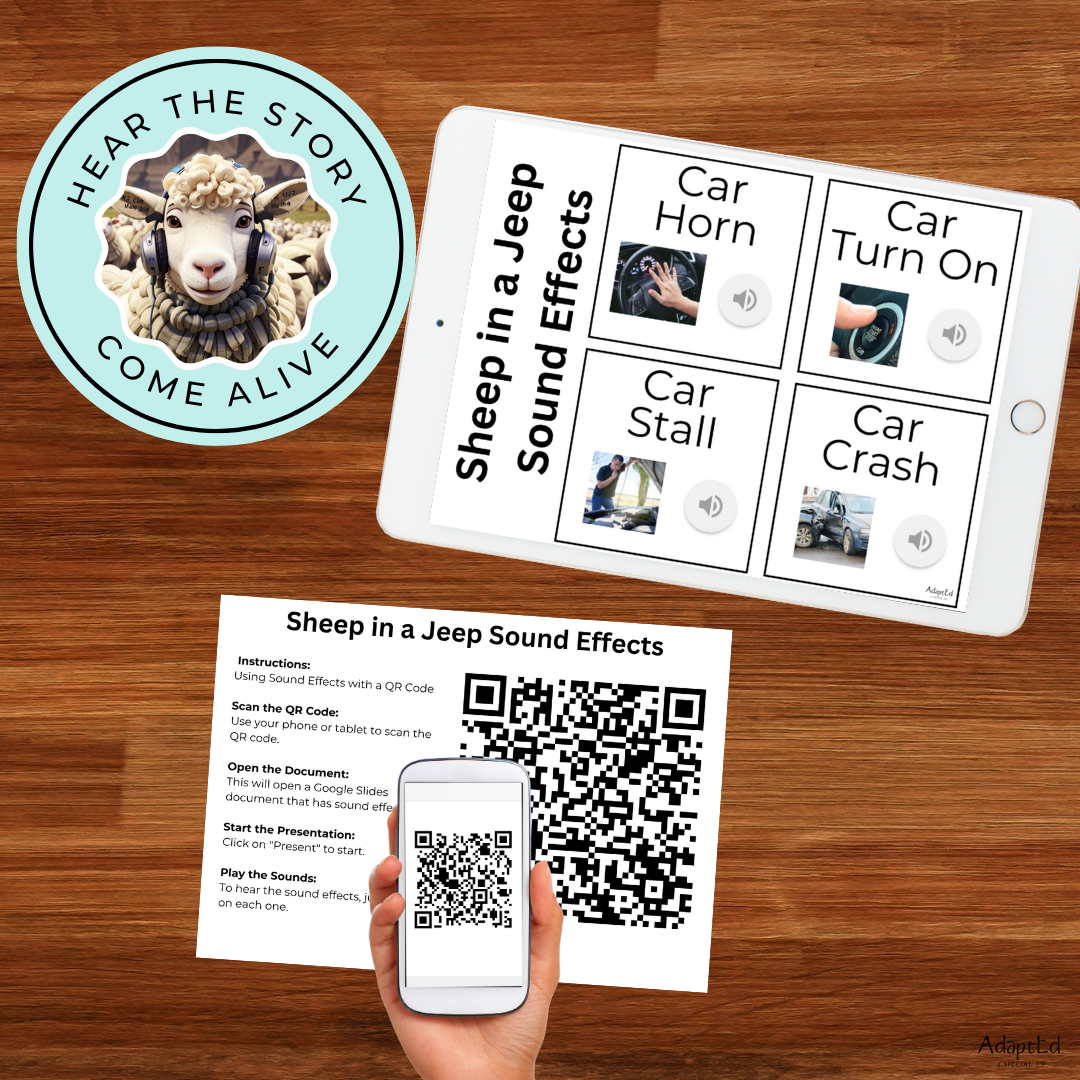Greetings, educators and parents from AdaptEd 4 Special Ed! Krystie here, and today we're diving into the enchanting world of multi-sensory storytelling. Let's discuss how to create a multi-sensory environment (MSE) that captivates and educates, bringing stories to life like never before. Plus, don't miss our Multi-Sensory Storytelling Kit to get started on your multi-sensory journey!
The Power of a Multi-Sensory Environment
A Multi-Sensory Environment is an adaptable space designed to stimulate the senses. It integrates various sensory experiences that can be tailored to each learner's needs, preferences, and abilities. This concept is rooted in extensive research, indicating MSEs can enhance learning and skill development in special education.
Engaging Through Sensory Exploration
MSEs are particularly impactful because they provide immersive experiences that engage learners on multiple levels. A study published in the European Journal of Special Needs Education emphasizes the importance of sensory stimulation in supporting students with intellectual disabilities. By activating various senses, we can facilitate better focus, comprehension, and memory retention.
Creating a Space That Adapts to the Child
Incorporating control over sensory changes is another critical aspect of MSEs. Research in journals such as SAGE Journals suggests that providing autistic children with the ability to manage their sensory input can lead to more positive behaviors and engagement. This autonomy fosters a sense of comfort and security while exploring sensory stimuli.
The Sensory Garden: A Natural MSE
A sensory garden can serve as part of your MSE. It's a natural setting filled with plants and elements that can be seen, smelled, touched, and heard, offering therapeutic and educational benefits. Studies, for example, from the Journal of the National Science Foundation of Sri Lanka, show the value of sensory gardens in providing holistic sensory experiences for therapy, learning, and play.
Tips for Creating Your MSE
- Start Small: Begin with a corner of your classroom or a section of your outdoor area to develop a sensory-rich zone. Incorporate different textures, colors, and materials.
- Involve the Senses: Think beyond the visual. Include tactile surfaces, scent diffusers, audio elements, and taste-safe items.
- Make It Interactive: Introduce elements that children can manipulate, such as water features, sandboxes, or musical instruments.
- Safety First: Ensure all materials used are non-toxic and safe for all levels of physical interaction.
- Keep It Flexible: Use movable elements to adapt the space for various activities or individual needs.
Taking the First Step with Our Storytelling Kit
To help you set the stage for your very own multi-sensory storytelling sessions, AdaptEd 4 Special Ed offers the perfect launchpad. Our Multi-Sensory Storytelling Kit: Sheep in a Jeep is specifically designed to support educators and parents in creating engaging and educational multi-sensory experiences.
In Conclusion
Transforming your educational space into a multi-sensory environment is a rewarding endeavor that brings countless benefits to special education. By developing MSEs, we can reach learners in profound and unique ways, tapping into the full potential of every child. Remember, the key is to create adaptable, sensory-rich experiences that cater to individual learning styles. Embrace the sensory adventure, and let every story leave a lasting impression.
Happy storytelling, everyone—where every sense brings a new discovery!



